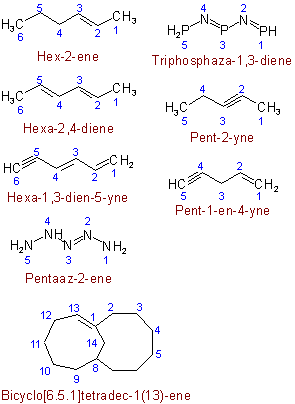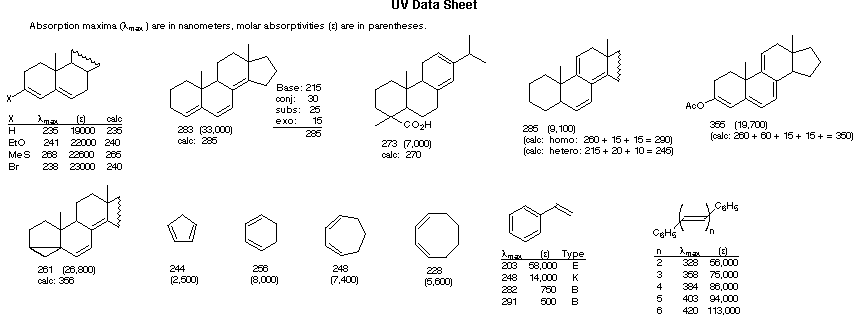


The CARD format is fixed-column-width, resembles the PDB format, and is used exclusively for storing atomic coordinates. The CHARMM molecular dynamics package can read and write a number of standard chemical and biochemical file formats however, the CARD (coordinate) and PSF ( protein structure file) are largely unique to CHARMM. The typical file extension for a GROMACS file is. It does not allow for the storage of connectivity information, which in GROMACS is obtained from separate molecule and system topology files. It closely resembles the PDB format but was designed for storing output from molecular dynamics simulations, so it allows for additional numerical precision and optionally retains information about particle velocity as well as position at a given point in the simulation trajectory.
#DOUBLE BONDS CRYSTALMAKER SOFTWARE#
The GROMACS file format family was created for use with the molecular simulation software package GROMACS. Some molecular modeling tools write nonstandard PDB-style files that adapt the basic format to their own needs. The typical file extension for a PDB file is. There was a fairly major change in PDB format specification (to version 3.0) in August 2007, and a remediation of many file problems in the existing database. The wwPDB maintains the specifications of the PDB file format and its XML alternative, PDBML. Some tools, such as Jmol and KiNG, can read PDB files in gzipped format. Because these files are sometimes used to describe macromolecular assemblies or molecules represented in explicit solvent, they can grow very large and are often compressed. Some PDB files contain an optional section describing atom connectivity as well as position. In 2014 they were consolidated into a single file, 4V6C. coli 70S ribosome was represented as 4 PDB files in 2009: 3I1M, 3I1N, 3I1O and 3I1P. However, many tools can read files that exceed those limits. It was originally designed as, and continues to be, a fixed-column-width format and thus officially has a built-in maximum number of atoms, of residues, and of chains this resulted in splitting very large structures such as ribosomes into multiple files. The Protein Data Bank Format is commonly used for proteins but it can be used for other types of molecules as well. CML data files are accepted by many tools, including JChemPaint, Jmol, XDrawChem and MarvinView. The articles Tools for Working with Chemical Markup Language and XML for Chemistry and Biosciences discusses CML in more detail.
#DOUBLE BONDS CRYSTALMAKER CODE#
The open source project includes XML Schema, source code for parsing and working with CML data, and an active community. chemical/MIME type added by a chemically-aware server.Ĭhemical Markup Language (CML) is an open standard for representing molecular and other chemical data.self-describing files where the format information is included in the file.This is widely used, but fragile as common suffixes such as ".mol" and ".dat" are used by many systems, including non-chemical ones. Chemical information is usually provided as files or streams and many formats have been created, with varying degrees of documentation.


 0 kommentar(er)
0 kommentar(er)
